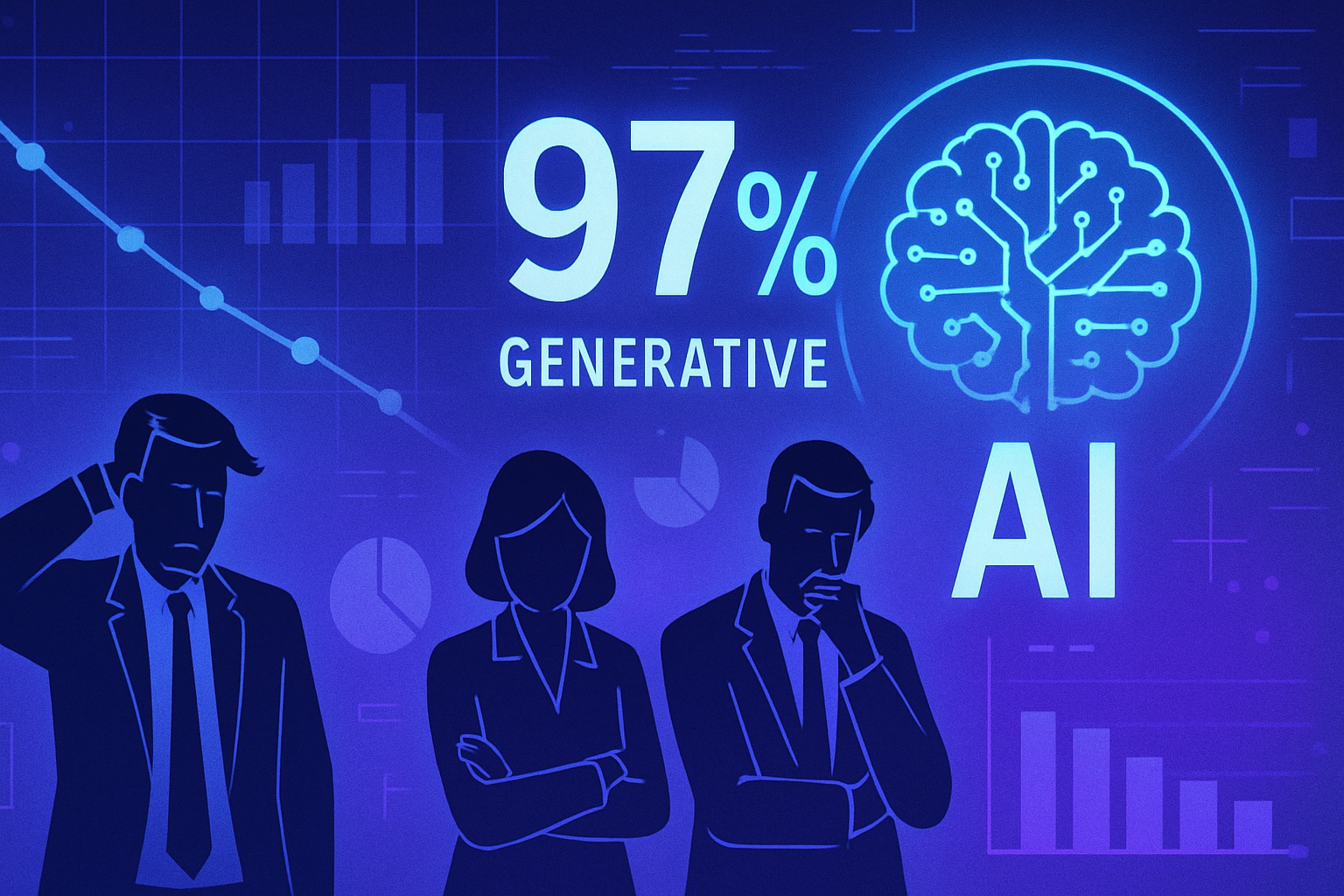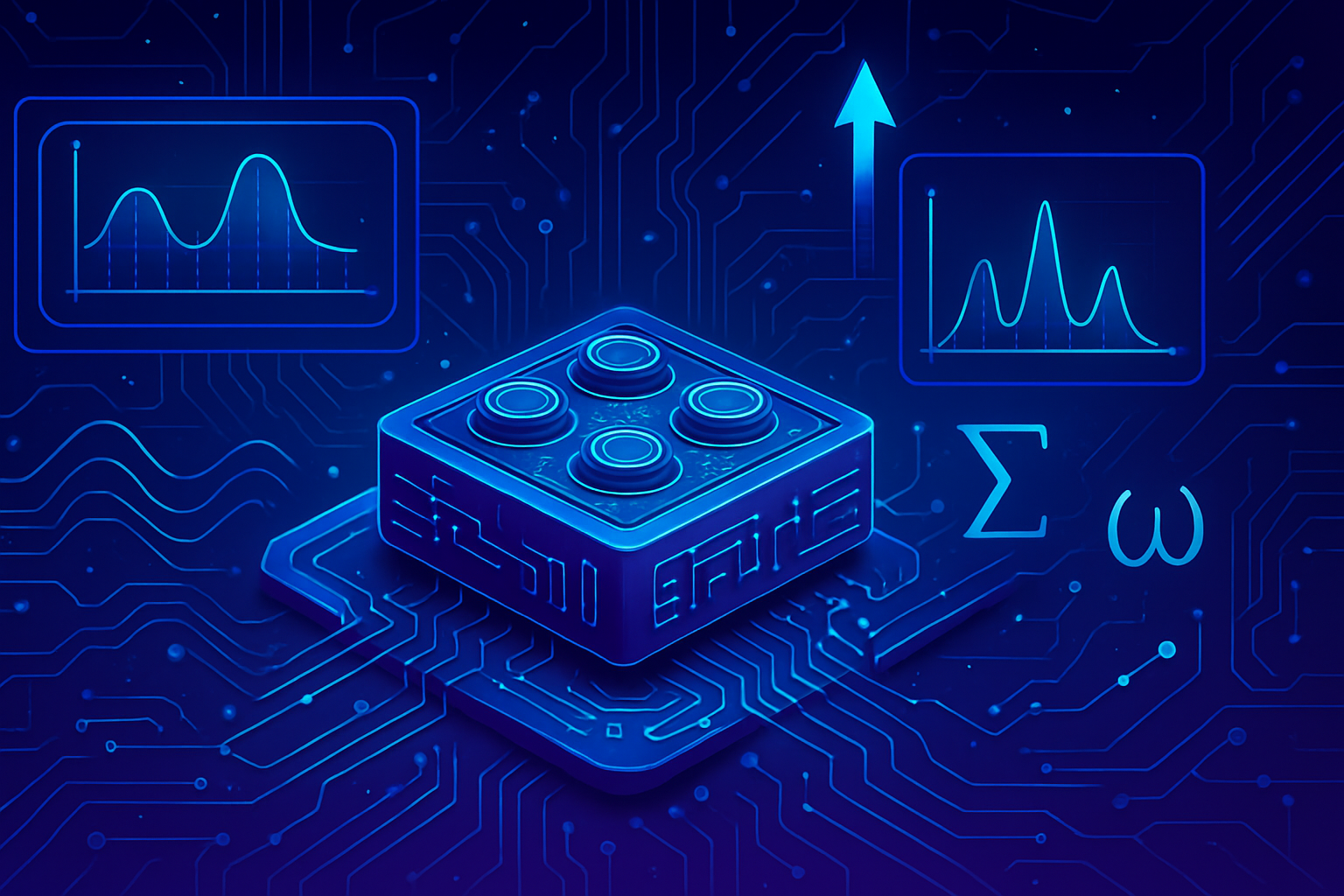The miniature AI model from Samsung shakes established certainties. In the face of the digital giants that are the Large Language Models, a spark of genius emerges. A compact network of only 7 million parameters challenges the giants’ dominance, proving that complex reasoning can emerge without colossal resources. The Tiny Recursive Model (TRM) embodies this paradigm shift, redefining the contours of modern artificial intelligence. With its astonishing performance on challenging benchmarks, this feat raises a fundamental question: is size truly synonymous with power?
Remarkable advances with the Tiny Recursive Model
Samsung recently unveiled innovative research on a miniature AI model, the Tiny Recursive Model (TRM), which defies preconceived notions of Large Language Models (LLMs). With only 7 million parameters, the TRM represents less than 0.01% of the size of the largest models currently available on the market. This model has demonstrated exceptional performance on well-known benchmarks noted for their complexity, such as the ARC-AGI intelligence test.
An alternative approach to massive scale
The general trend in the artificial intelligence industry has often prioritized size over efficiency. Tech giants have invested billions in creating ever-larger models. However, Alexia Jolicoeur-Martineau’s research from Samsung discusses an alternative path, highlighting unprecedented efficiency through the TRM. This model, by its design, challenges the assumption that the power of models requires massive scale.
Superior performance in complex reasoning
One of the main advantages of the TRM lies in its ability to perform complex, multi-step reasoning with high precision. Unlike LLMs that generate responses sequentially, the TRM adapts its reasoning by iterating on its own understanding of the problem. This process makes it less susceptible to errors, often caused by incorrect answers generated at the beginning of a complex reasoning task.
A model of surprising efficiency
At the core of the TRM is a simple neural network that enhances its internal reasoning and proposed response. By considering a question, a first hypothesis, and a latent reasoning feature, the model iterates and refines its answer. This method allows for up to 16 cycles of improvement, promoting dynamic error recovery.
Tangible results and significant impact
The results show a significant improvement compared to previous models. For example, on the Sudoku-Extreme dataset, the TRM achieved an accuracy of 87.4%, compared to 55% for its predecessor, the Hierarchical Reasoning Model (HRM). In the Maze-Hard challenge, it achieved a score of 85.3%, also surpassing the HRM.
A simplification that promotes efficiency
The design of the TRM also integrates an adaptive mechanism, named ACT, which determines the ideal moment to switch to a new data sample, thereby simplifying the training process. This change has eliminated the need for a second pass, without compromising the model’s final generalization.
A model that challenges AI standards
This research presented by Samsung raises questions about the current direction of expanding AI models. By designing architectures capable of reasoning and self-correcting, it becomes feasible to tackle extremely complex problems with a fraction of the hardware resources typically required. The race for artificial intelligence could then shift towards a balance between efficiency and performance.
To learn more about advancements in AI and learning opportunities, it is recommended to check out major events such as the AI & Big Data Expo, which will be held in Amsterdam, California, and London.
Common FAQs about Samsung’s miniature AI model
What is the operating principle of Samsung’s miniature AI model?
Samsung’s miniature AI model, called the Tiny Recursive Model (TRM), uses a single small network architecture to recursively improve its reasoning and response, having only 7 million parameters, making it much more efficient than large models.
How does the TRM model differ from traditional LLMs?
The TRM focuses on iterative improvement of responses using internal reasoning instead of merely generating text, which allows it to succeed in complex reasoning tasks without the downsides of larger models.
What benchmarks has the TRM model surpassed?
The TRM model achieved an accuracy of 87.4% on the Sudoku-Extreme benchmark and outperformed other models, including the largest LLMs, on intelligence tests such as the ARC-AGI.
Why is the TRM model more resource-efficient than other models?
By using a more compact architecture and avoiding complex mathematical justifications, the TRM requires less training data and reduces the risk of overfitting, delivering impressive results with fewer resources.
How does recursion enhance the model’s performance?
Recursion allows the model to revise its reasoning multiple times before finalizing its answer, which increases the accuracy of its predictions by correcting potential errors throughout the process.
What is the importance of the adaptive ACT mechanism in the TRM model?
The ACT mechanism determines when the model has sufficiently improved an answer to move on to a new data example, making the training process more efficient without requiring costly additional passes through the network.
Why does network size affect overfitting?
A smaller model, like the TRM with two layers, tends to generalize better because it is less likely to fit only to the peculiarities of small datasets, thereby reducing the risk of overfitting.
What is the impact of this model on the future of AI and LLMs?
The success of the TRM model challenges the idea that large models are always the best solution and paves the way for more economical and resource-efficient approaches to tackle complex problems in artificial intelligence.






